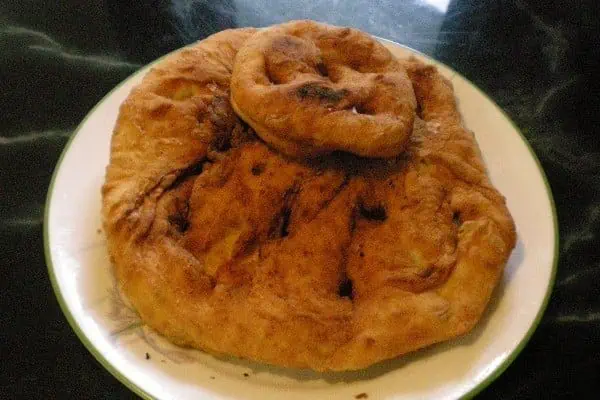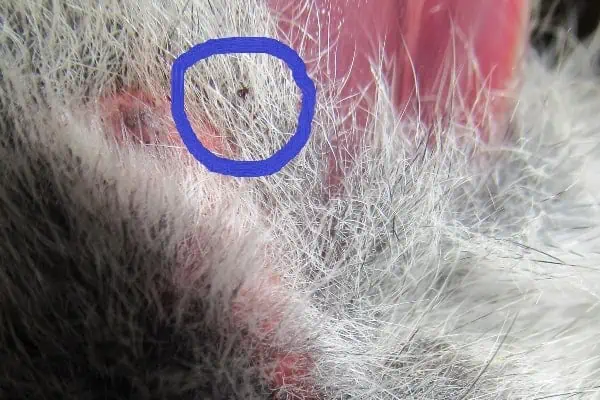Unlike the southern provinces where ducks and geese are around for a few months, migratory bird hunting is not a popular activity here. But those who do make the effort can readily get birds for the freezer.
Preparing these birds for the table is really quite easy, but, sadly many would-be or used-to-be bird hunters have been led to believe that the meat is tough and the taste unattractive. Neither of these rumours is true, and just like other wild-game, care in the field and thoughtful preparation are the keys to success. The birds should be dressed and chilled the same day as they are killed. I have plucked a few birds, but I always skin them afterward because it’s much easier and this method suits my cooking style. At home I wrap each bird in a sealable plastic bag, followed by butcher paper to keep the freezer environment from drying out the birds.
The leg-meat can be used for stews or sausages, while the breasts should be frozen in meal-sized portions depending on the recipe. If the two breasts are connected for freezing, partially thaw them and remove one. If feeding two people, or if you have a large appetite, then use both breasts.
After trimming away any fat or shot-damaged meat each breast is laid flat on the counter and pressed down with the flat of your hand. The cutting is much more consistent if the breast is still partially frozen. Using a sharp knife, cut horizontally into slices about an eighth of an inch thick for jerky and a quarter of an inch for cutlets. The pieces will be different sizes, but try to make the thickness the same for uniform cooking.
The next step is really important because each piece must be closely examined to be sure no shot pellets remain in the meat. Steel and other non-toxic shot are very hard and can break a tooth.
The jerky pieces can then be put in a brine to prepare for smoking or oven-drying.
The thicker pieces are prepared similarly to schnitzel, with the exception that they are not pounded to make them thinner and wider. These pieces, at room temperature, are individually dosed with all-purpose flour, dipped in egg and milk, coated with fine breadcrumbs (spiced or plain), and fried in an eighth to a quarter-inch of good quality oil or lard. They should be cooked fairly hot, and are ready to be turned when the rising fluids in the meat discolour the crumbs on top. These cutlets should not be cooked higher than medium, and they should be left to sit for five minutes before serving. They are delicious cold the next day.
To prepare a stir-fry, make half-inch cuts on an angle, top to bottom, on breasts, and then cut them length-wise.
Marinate these for two hours to 24 hours, using a Ziploc bag containing zesty Italian dressing, or olive oil and garlic. Just use enough marinade to coat the meat. Work it into the meat by squeezing the bag occasionally. Cook in a very hot cast-iron pan, or in the veggie rack in your BBQ. Stir constantly throughout the four-to-six minute cooking time.




